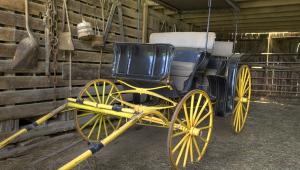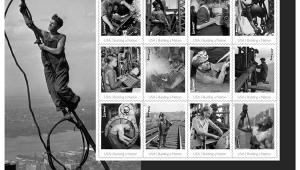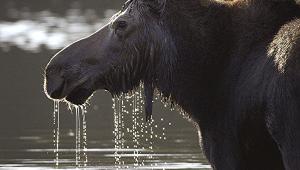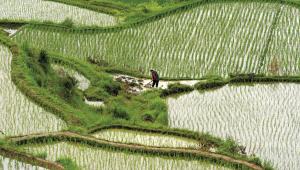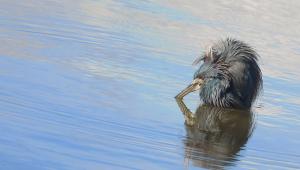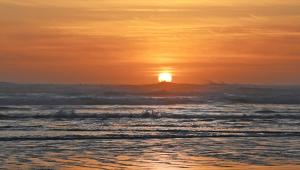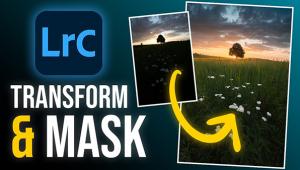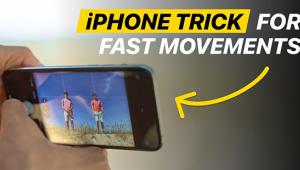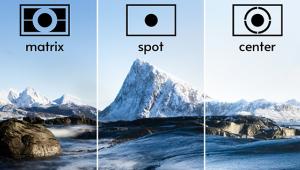On The Road: Act Naturally: The Elephant In The Room

All Photos © Maynard Switzer
So what do I do to get the most natural-looking pictures of people? First I make sure that the people I want to photograph know what I’m doing and what I’m looking for. When I don’t speak the language, I’ll tell my guide to make sure that the people understand that I want them to do nothing more than what they’re doing.
More important than what my guide says is what I do—and what I do is take my time. I don’t start shooting right away. I let people get used to me. I walk around and observe what they’re doing, and while I’m doing that I’m also exploring different angles, checking the light, figuring out where the best photographs will come from. The people see the camera, but I’m not taking any pictures; I’m just watching. After a while they don’t pay much attention to me at all, and then I’ll start to shoot. I’m genuinely interested in what they’re doing, and I know the pictures will come from that interest.
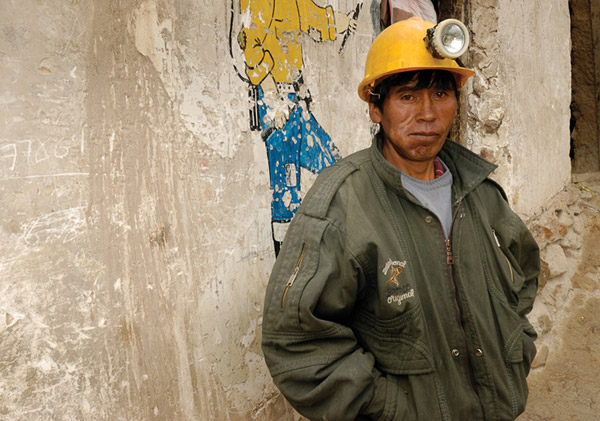
As you know if you read this column regularly, a lot of this is necessary because I like to work close to people, mostly with prime lenses like my 28mm and 35mm, or, occasionally, a short zoom like a 14-24mm. I like to be close to what’s going on in order to get more intimate photos. I’ve always felt that lenses that place me too far away take me out of the immediacy of the situation.
Another thing that works well for me—and which I really like to do—is take some part in whatever’s going on. This can be tricky; I don’t want to go barging in, but often people will invite me to participate briefly, and the adventure usually ends up with everyone getting a good laugh from my efforts. For instance, in a rice paddy in China one of the farmers showed me how to cut the rice. I didn’t do it too well, there was a lot of laughter and everyone was at ease. After that I could go ahead and take pictures with no one paying attention to me or the camera. I’ve found that people appreciate it when I give the work a try, and that really helps me get the pictures I want.
In the more remote areas I visit, the people who live and work there don’t often see tourists, and they tend to pay little attention to the camera. Areas that attract a lot of tourists—tourists who shoot Polaroids, ask people to pose, and pay money for pictures—can be a problem for me. I don’t like to offer money, and I generally don’t respond to requests for payments. Many times I’ll walk away from a picture if the only thing a person wants is a payment.
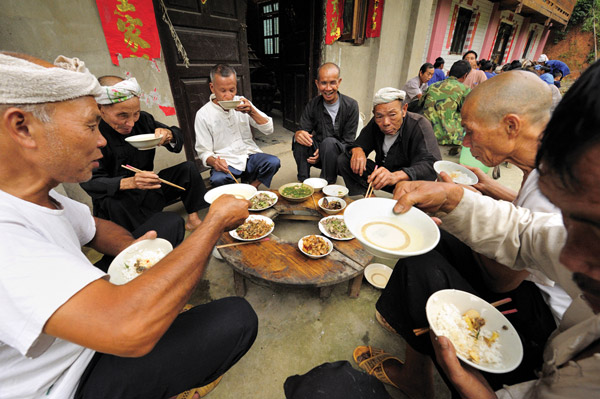
But not all situations are that clear-cut. In Mali, for example, I found that many people were more than willing to be helpful. I could tell they liked having their pictures taken, but I could also tell they wanted something in return. What I did was have my guide give them a few pennies to use in the local market. It was a payment, but not a straight out exchange for pictures.
From time to time in marketplaces I’ll have my guide buy little gifts that I can give to people I want to photograph. One of the more unusual situations I ran into happened at the silver mines in Potosi, Bolivia. The miners there work for themselves, and so they buy all their own supplies. When I photographed them I bought a few of those supplies for them to ease my way.

Sometimes I’ll have to walk away from a picture because a person is just too conscious of the camera, and any photo I take will be obviously artificial. Some of these people have been photographed a lot in the past, or have been paid, and I start shooting and quickly realize that it’s not going to work; they’re too aware, even if I’ve talked to them and asked them to just be natural. Perhaps it’s that people who have been paid feel they have to perform. I think paying is a bad habit to get into; it affects the way people respond to the camera, and it will affect the next photographer who comes along.
I’m no longer surprised that even in places where the people don’t know much about technology, there’s often an awareness of photography. I guess that visitors have taken Polaroids in the past, because the local people think that all cameras will produce a picture right away. Digital photography helps that situation a bit—I can show them their pictures on the LCD, even though there are no photos to give them. I’ve thought about taking along on future trips a practically pocket-size little printer so I’ll have small prints to give. It would help ensure cooperation, but it might also become the other elephant in the room. I’m still thinking about it.
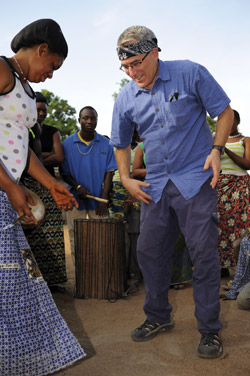
Maynard Switzer’s website, www.maynardswitzer.com, features several portfolios of his travel images.






